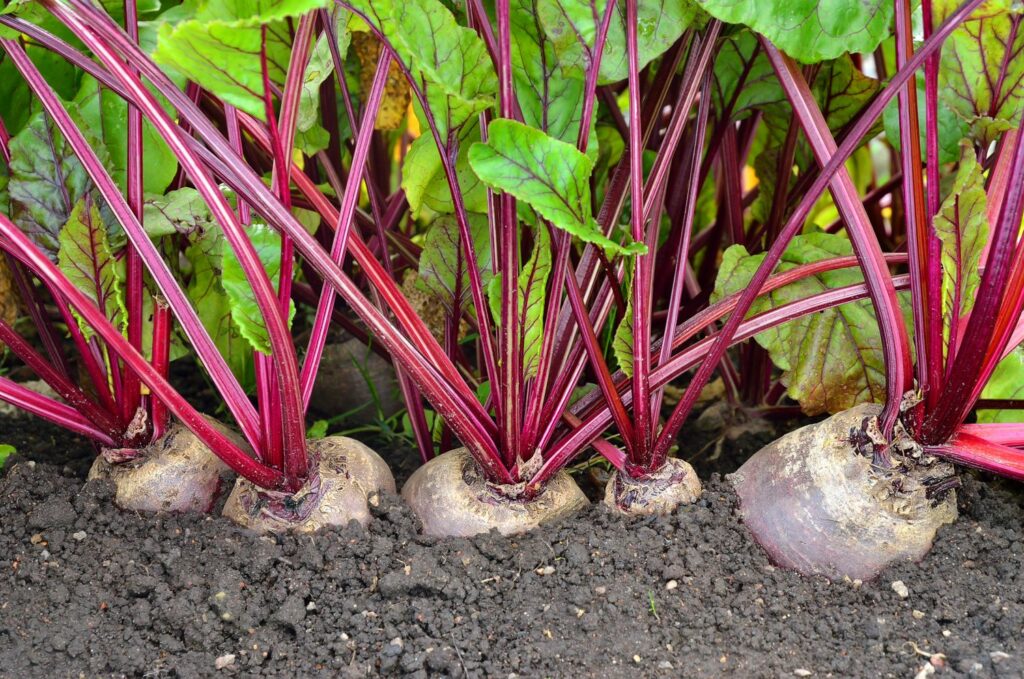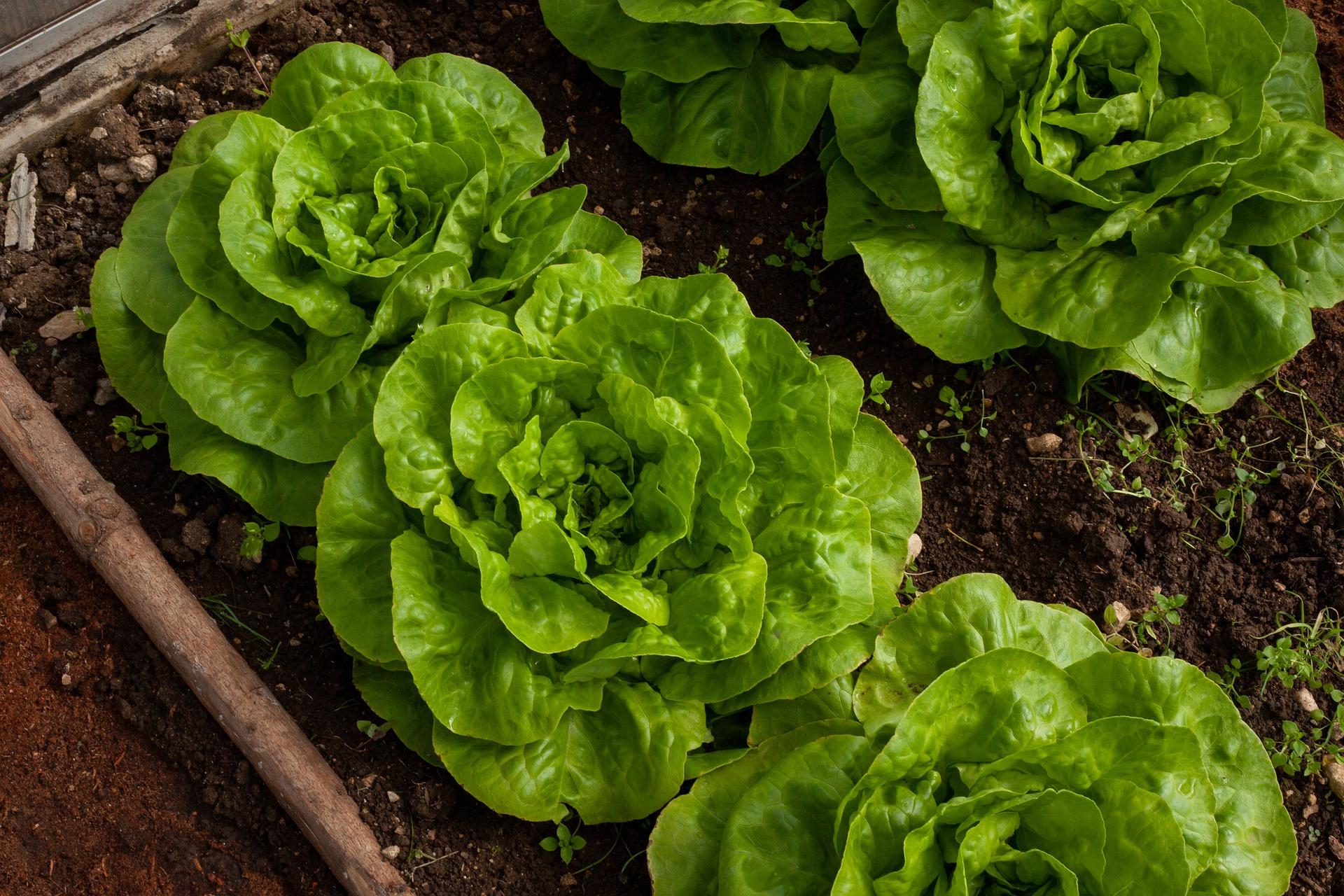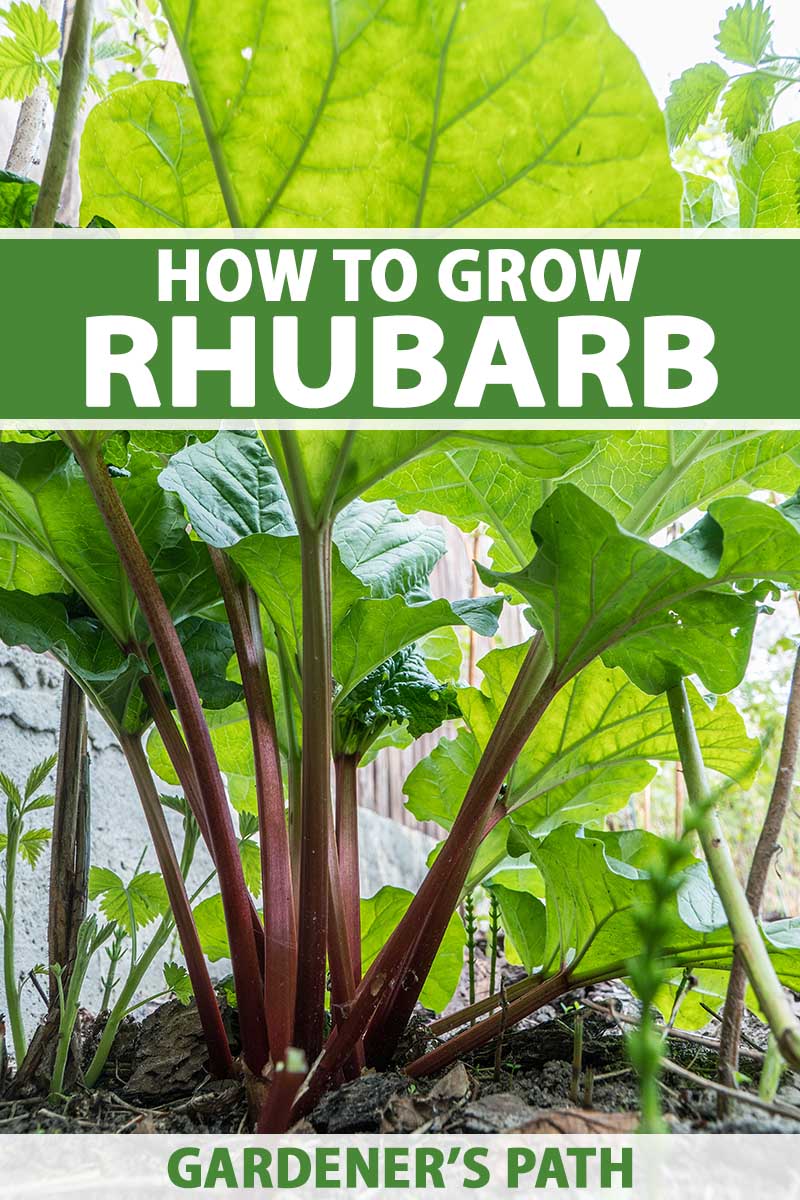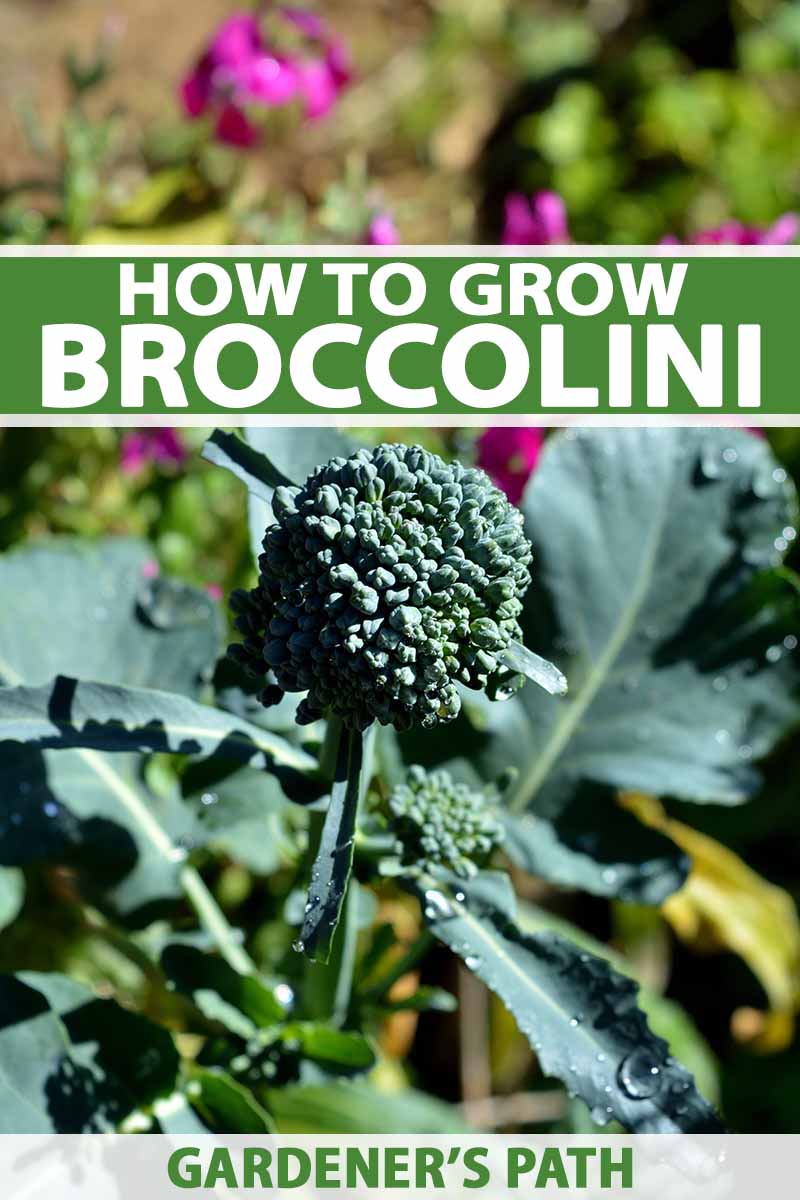Broccolini Companion Plants: The Ultimate Guide To Growing A Healthy Harvest
Broccolini Companion Plants: The Ultimate Guide to Growing a Healthy Harvest
Broccolini is a delicious and versatile vegetable that can be enjoyed in a variety of dishes. It is also a relatively easy plant to grow, but there are a few things you can do to help ensure a healthy harvest. One of the most important things is to choose the right companion plants.
Companion planting is the practice of planting certain types of plants together to benefit each other. There are a number of different factors to consider when choosing companion plants, including their growth habits, their nutrient requirements, and their pest and disease resistance.
In this blog post, we will discuss the best companion plants for broccolini. We will also provide some tips on how to plant and care for these plants together.
Benefits of Companion Planting
There are many benefits to companion planting. Some of the most common benefits include:
- Improved crop health: Companion plants can help to deter pests and diseases, which can lead to healthier plants and a better harvest.
- Increased yields: Companion plants can help to improve the growth and productivity of other plants.
- Improved soil quality: Companion plants can help to improve the soil quality by adding nutrients and organic matter.
- Attracting beneficial insects: Companion plants can attract beneficial insects, such as ladybugs and lacewings, which can help to control pests.
Best Companion Plants for Broccolini
The following are some of the best companion plants for broccolini:
- Allium family: Alliums, such as onions, garlic, and chives, help to repel pests and diseases. They also have a strong scent that can help to mask the scent of broccolini, which can deter pests.
- Beetroot: Beetroot helps to improve the soil quality by adding nitrogen. It also helps to suppress weeds.

- Celery: Celery helps to deter pests and diseases. It also helps to attract beneficial insects.

- Chamomile: Chamomile helps to repel pests and diseases. It also helps to attract beneficial insects.
- Lettuce: Lettuce helps to suppress weeds and improve the soil quality by adding organic matter.

- Potatoes: Potatoes help to improve the soil quality by adding potassium. They also help to suppress weeds.

- Rhubarb: Rhubarb helps to improve the soil quality by adding calcium. It also helps to suppress weeds.

- Rosemary: Rosemary helps to repel pests and diseases. It also has a strong scent that can help to mask the scent of broccolini, which can deter pests.

- Shallots: Shallots help to repel pests and diseases. They also help to improve the soil quality by adding nitrogen.
How to Plant and Care for Broccolini Companion Plants
When planting broccolini companion plants, it is important to consider the growth habits of the plants. For example, alliums should be planted at the edges of the bed, as they will spread out over time. Lettuce should be planted in the middle of the bed, as it will need more space to grow.
It is also important to consider the nutrient requirements of the plants. For example, broccolini is a heavy feeder, so it will need to be fertilized regularly. Alliums are also heavy feeders, so they will benefit from being fertilized regularly.
Finally, it is important to water the plants regularly, especially during hot weather.
Conclusion
By planting the right companion plants with your broccolini, you can help to ensure a healthy harvest. By following the tips in this blog post, you can plant and care for your broccolini companion plants with ease.
Broccolini is a delicious and nutritious vegetable that is easy to grow. But did you know that there are certain plants that can help to improve the growth and flavor of broccolini? These are known as companion plants, and they can help to deter pests, improve soil quality, and even increase the yield of your broccolini crop.
Some of the best companion plants for broccolini include:
- Beetroot : Beetroot is a great companion plant for broccolini because it helps to improve the soil's nitrogen content. This can help to boost the growth of your broccolini plants and produce a larger harvest.
- Celery : Celery is another good companion plant for broccolini because it helps to repel pests. The strong smell of celery can deter pests such as cabbage moths and aphids from attacking your broccolini plants.
- Chamomile : Chamomile is a flowering plant that is often used in companion planting. The chamomile plant attracts beneficial insects, such as ladybugs and lacewings, which help to control pests in the broccolini patch.
- Lettuce : Lettuce is a cool-season crop that can be planted alongside broccolini. The lettuce plants will help to shade the broccolini plants during the hot summer months, which can help to prevent the broccolini from bolting.
If you are looking to grow the best broccolini possible, then I recommend that you do some research on companion planting. There are many different plants that can be grown alongside broccolini, and each one has its own benefits. By choosing the right companion plants, you can help to improve the growth, flavor, and yield of your broccolini crop.
For more information about broccolini companion plants, please visit Gardenia Inspiration.
FAQ of broccolini companion plants
Q: What are some good companion plants for broccolini?
A: There are many good companion plants for broccolini, but some of the best include:
- Allium plants (such as onions, garlic, and chives): These plants help to repel pests, such as aphids and cabbage moths.
- Carrots and celery: These plants help to deter the root-knot nematode, a common pest of broccolini.
- Herbs such as chamomile, dill, and mint: These herbs help to attract beneficial insects, such as ladybugs and hoverflies, which help to control pests.
- Lettuce and spinach: These leafy greens do not compete with broccolini for nutrients, and they can help to shade the soil, which can help to prevent weeds.
- Potatoes: These plants do not compete with broccolini for nutrients, and they can help to improve the soil structure.
Q: What are some bad companion plants for broccolini?
A: Some bad companion plants for broccolini include:
- Cabbage, kale, and other cruciferous vegetables: These plants are all susceptible to the same pests and diseases, so it is best to avoid planting them close together.
- Corn: Corn is a heavy feeder, and it can compete with broccolini for nutrients.
- Nightshades such as tomatoes, eggplants, and potatoes: These plants require a lot of calcium, and broccolini also likes to hoard calcium. This can lead to calcium deficiency in both plants.
Q: How often do I need to feed broccolini?
A: Broccolini is a heavy feeder, so it is important to fertilize it regularly. You should fertilize your broccolini every 4-6 weeks with a balanced fertilizer, such as 10-10-10.
Q: How do I prevent pests from attacking my broccolini?
A: There are a few things you can do to prevent pests from attacking your broccolini:
- Plant companion plants that repel pests.
- Inspect your plants regularly for signs of pests.
- Use insecticidal soap or neem oil to control pests.
- Plant your broccolini in a sunny location with well-drained soil.
Q: How do I harvest broccolini?
A: Broccolini is ready to harvest when the heads are about 6-8 inches long. To harvest, simply cut the head off the plant with a sharp knife. You can also harvest the individual florets as they mature.
Image of broccolini companion plants
5 different images of broccolini companion plants from Pinterest:
- 1. Marigolds: Marigolds are a great companion plant for broccolini because they help to deter pests. They also attract beneficial insects, such as ladybugs, which help to control pests.

- 2. Lettuce: Lettuce is another good companion plant for broccolini. It helps to suppress weeds and improve the soil quality.

- 3. Carrots: Carrots and broccolini are both root vegetables, so they don't compete for resources. They also help to improve the flavor of each other.

- 4. Herbs: Herbs, such as basil, oregano, and thyme, can be planted near broccolini to help deter pests and add flavor.
- 5. Peas: Peas are a nitrogen-fixing plant, which means they help to add nitrogen to the soil. This can benefit broccolini, as nitrogen is an important nutrient for plant growth.

Post a Comment for "Broccolini Companion Plants: The Ultimate Guide To Growing A Healthy Harvest"